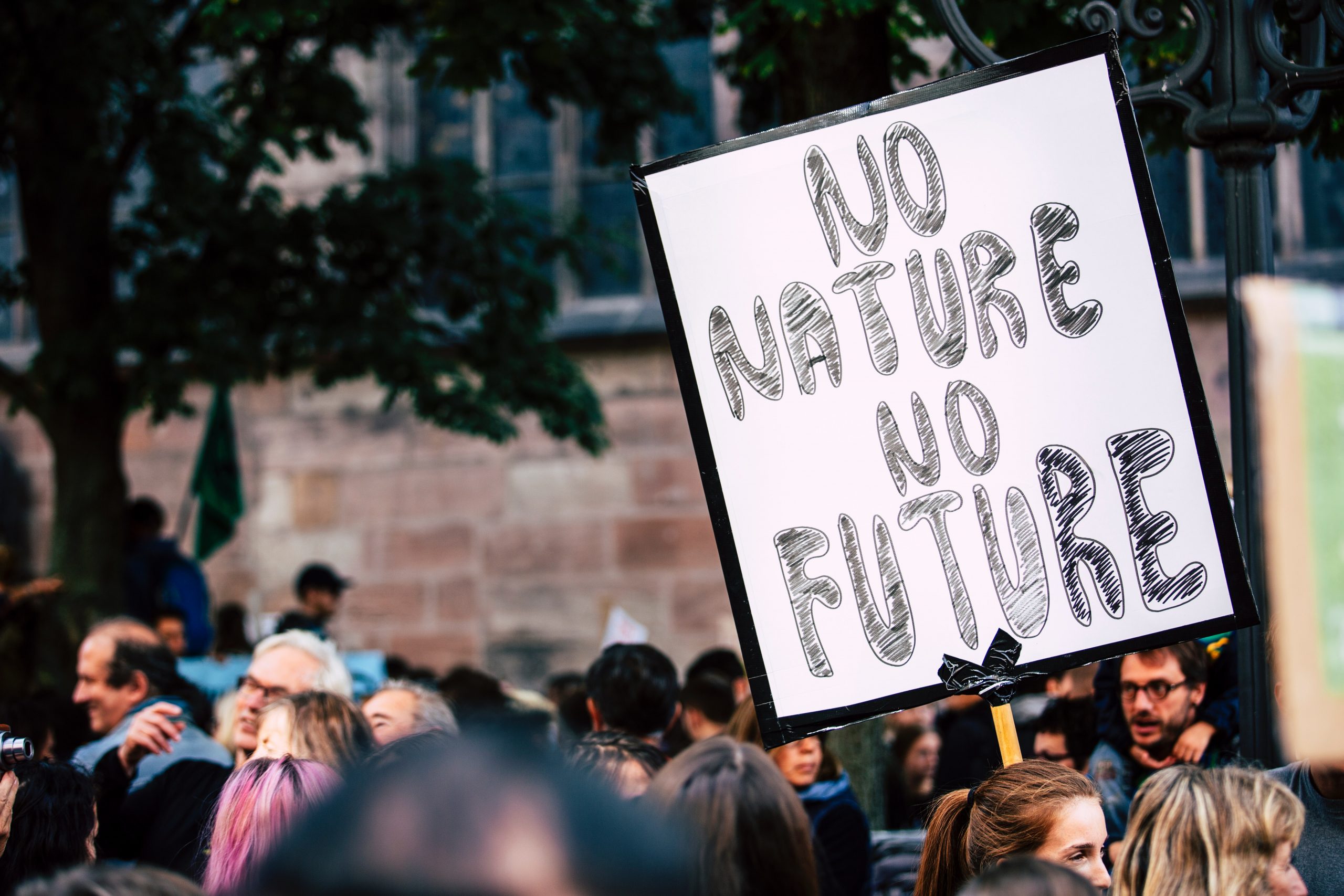
Health consequences of a changing climate through an equity lens
Globally climate change has become a concern on which different health officials and agreements are being signed to control the impacts of climate change. Also, to control climate change different initiatives are taken by the regional governments and international partnerships. Equity is believed to have an inextricable link with the impact on health due to climate change. There are different reports which claimed that equity differences have different ways of health consequences of climate change. APHA is the leading centre of climate that is creating awareness of the impacts of health due to climate change through an equity lens. They are focusing to promote different policies, enable the sustainability of the environment and support the lower equity communities to have better living conditions and lessen their exposure to different health problems. Moreover, the less prepared communities and less aware of the drastic changes in climate those communities of people are most vulnerable to health risks.
Leadership plays an important role to bridge the link between health, climate, and equity. Grassroots leadership and American public health associations have triggered great movements at regional levels to embrace climate change and plan as per identified issues to mitigate climate change. The responsibilities are given to the department of equity health as well to help the equity difference based impacts. Focusing on climate change not only deals with environmental factors but also includes different sectors like economic conditions, health, engineering, etc. It is to plan and advocate the awareness about the negative impacts of climate change and efficiently utilise the resources to produce co-benefits among health, climate and equity.
Relation between the health, climate and equity
It is reported by APHA the nation’s health that the population with lower equity has more risk of health due to climate change. They don’t have the opportunity to have a healthy lifestyle or be healthier. The major social determinants of equity are the social and economic conditions in which people learn, work, live and play. According to the MD director of the Center for climate change and health, Linda Rudolph contributed her views on the inextricable connection between health, climate change and equity. Health inequities are one of the major contributors to higher risk and effects on health due to climate change. Some major risks are associated with frequent forest fires, poor air quality index leading to respiratory diseases, poor precipitation or irregular precipitation causing vector-borne diseases due to the thriving of insects. People who have poor living conditions lack the accessibility to medical resources, or lie in a poor section of society are found to have a worse impact on health from climatic changes The risk on health doesn’t spread equally among populations living across countries or globally. It largely differs among the urban, suburban and rural societies as well. This can be determined based on the living conditions and their standard of living. For example, for people in slums or tropical areas, the vector-borne disease risk is much higher than in an urban clean zone. In urban areas even if people are at risk of diseases then they can get the treatment to have a better diet and lead a healthy life which is different in the case of poor people. Though every individual is at risk of climate change’s health threats these poor sections of society face the hardest times and their health becomes worse. According to WHO in 2018 people that are living in coastal regions, small islands, and mountainous regions have shown more risk to health due to climate change. Even the poor conditions have to lead the children to get more vulnerable to the health risks. Like farmers suffer from drought which impacts them with rising temperature and many farmers or local people suffer from stroke, cardiovascular diseases which they can’t afford to treat.
Extreme climatic events that occur like floods, heatwaves, tsunamis, storms, etc have the most impact on the section of people living near those areas have the poor economic condition, lack of feasibility to the resources and this causes loss of livelihoods, slow recovery. Also, it causes mental pressure on those people. Climate change is claimed to be a threat multiplier that shall intensify the issues of hunger, conflict, poverty and global intensify.
Managing the health risks
Major approaches to managing and understanding the impact on health due to climate change include capacity, vulnerability, and assessments. These provide evidence of the current scenario and associations with health consequences from climate change. It also shows the risk level and the vulnerability regionally across the globe. It helps in understanding the future possibilities and risks to build the preventive measure, have supporting groups, and communities to provide facilities to the poor section especially and build a resilient health system. These approaches also help to build different alliances with meteorological services, and medical services, to obtain information required to modify and mitigate the additional changes in climate with new frameworks of policies and measures. Also in California. Almeda Public health has developed different measures and guidelines to promote and balance the relationship between equity and health termed Healthy Development Guidelines. These would be collaborating and working with other departments to support and provide enough supply of resources like food, clean water, medicines, and shelters during local emergencies or any disaster. Recently, the North Bay wildfires caused an increase in poor AQI (Air Quality Index) and rising temperature which risked many lives during this emergency they helped to evacuate and recover that section with all possible facilities.
Conclusion
To keep the environment sustainable the ability to meet the basic needs without compromising the future is the vision and mission globally. The living conditions and health behaviours have to be assessed and identified to support them and facilitate them with better resource availability and more income to give them a better standard of living. This will help in fulfilling the costs required in health recovery and also would reduce the extent of the risk of vulnerability to climate change. The policies should also be framed in a way to bridge the gap of equity and provide good health and the basic facility should be the same for all.

